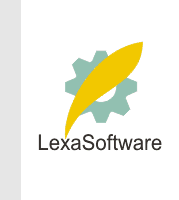Filmscanners mailing list archive (filmscanners@halftone.co.uk)
[Date Prev][Date Next][Thread Prev][Thread Next][Date Index][Thread Index]
RE: filmscanners: Vuescan long pass mode
Jerry Oostrom wrote:
> Another, complex approach would be to apply scouring algorithm in the long
> exposure scan to the sections with pixels exposed to the limit (one/all
> channels). That is, if scouring algorithm can be applied that way. The
> pixels that were exposed to the limit would still have weighing factor 0,
> but the adjacent pixels could have their normal weighing factor, whatever
> that is.
<SNIP>
I was thinking about this as well. I suspect that pixel bleeding may occur
with some
CCDs even before the highlight levels reach 255,255,255. (I did a scan of a
hole in a
piece of card with my Elite. The normal scan did lose some edge detail but a
scan at
the shortest scan duration showed card fibres at the edge of the hole.)
So an option might be a combination of 3 scans, a short scan to retain highligh
details
& minimise/identify pixel bleeding, the normal scan for the majority of the
pixel data
and the long scan to minimise noise and maximise shadow detail. The short scan
would have to act as a mask to determine which highlight detail is "real" and
not
bleeding, could provide detail for any of the highlight detail compromised by
bleeding in
the other 2 scans and, for midtones and shadows affected by bleeding, help
determine
which of the other scans provides the best data.
Of course, I'm sure it's much more complicated than that and I wouldn't have a
clue
how it could all be coded! Certainly, my own experiments with masks in
Photoshop
have never managed to get rid of blooming/reduced contrast around highlights.
Al Bond
|

